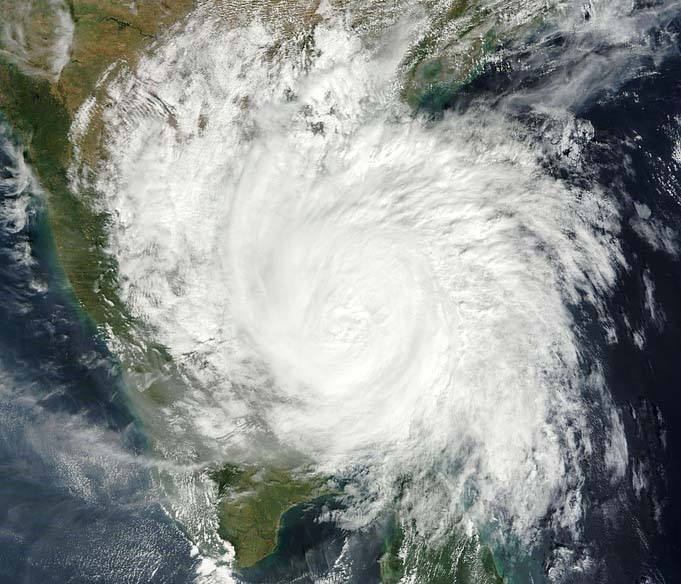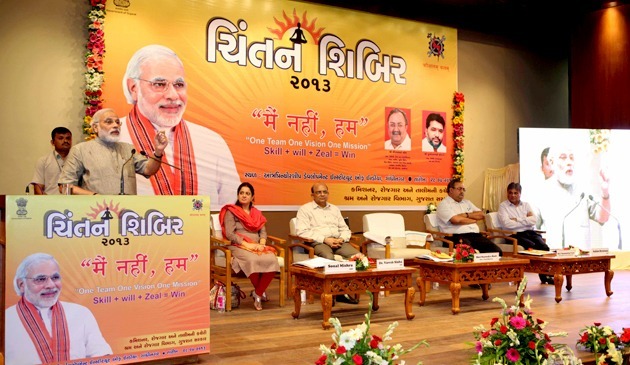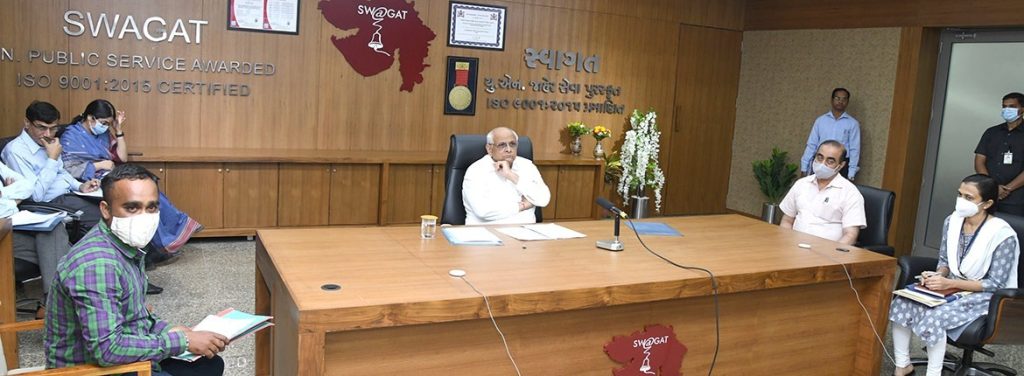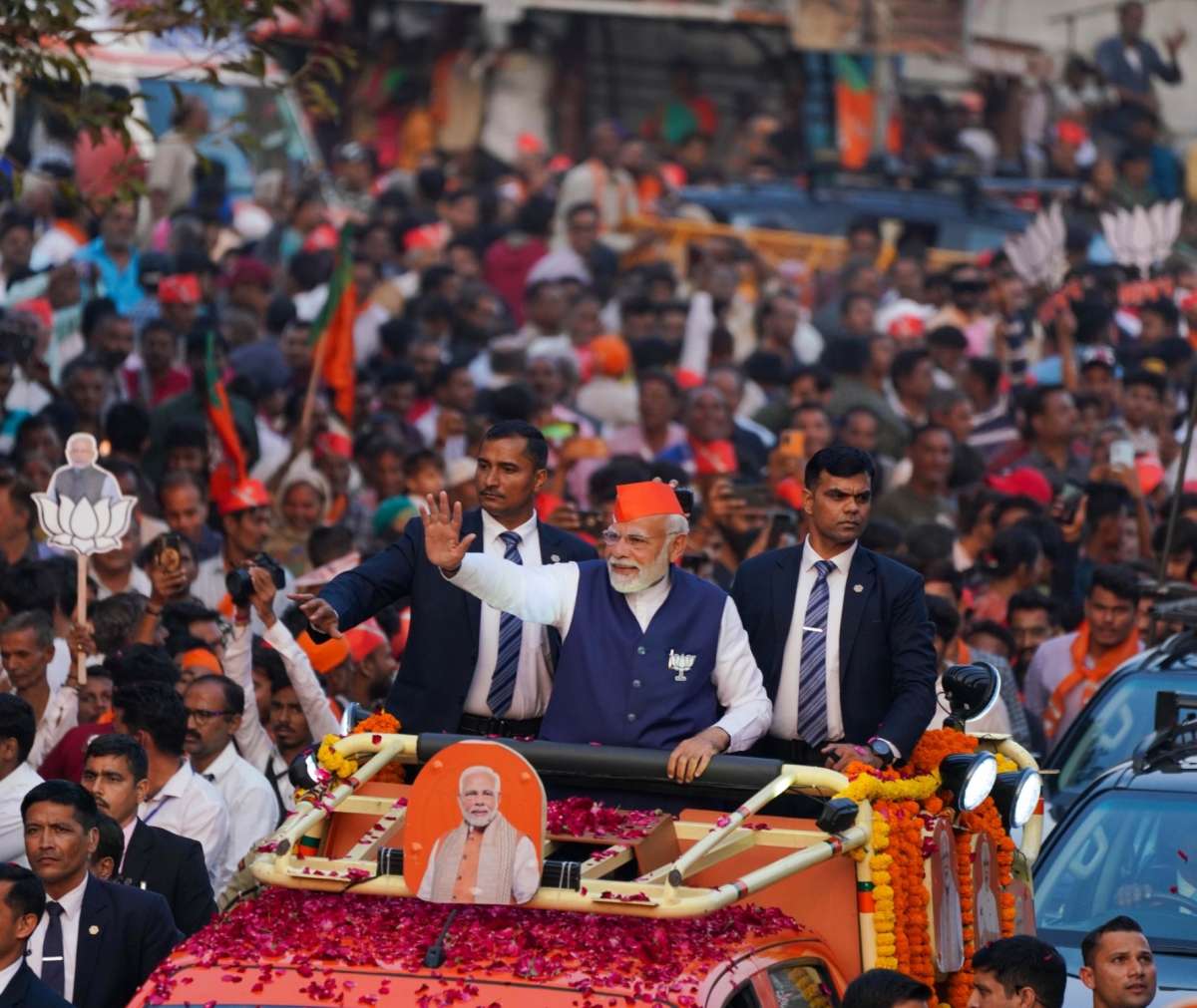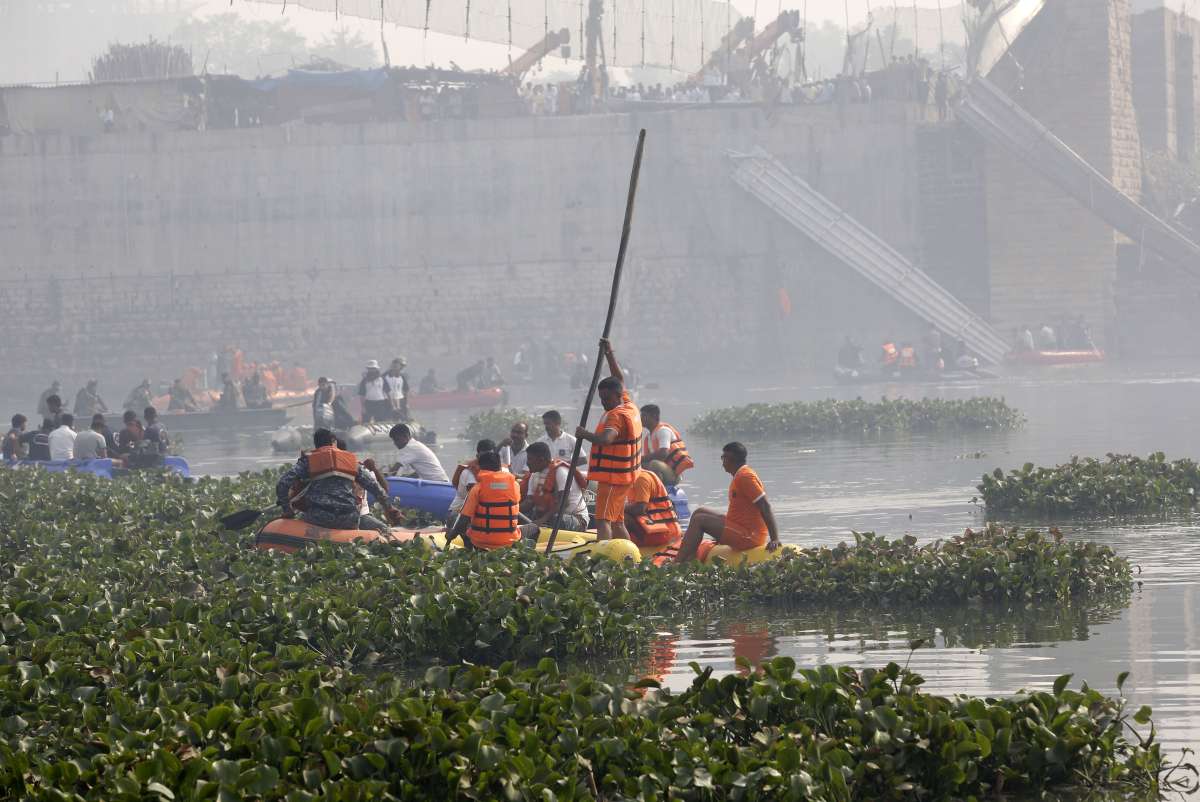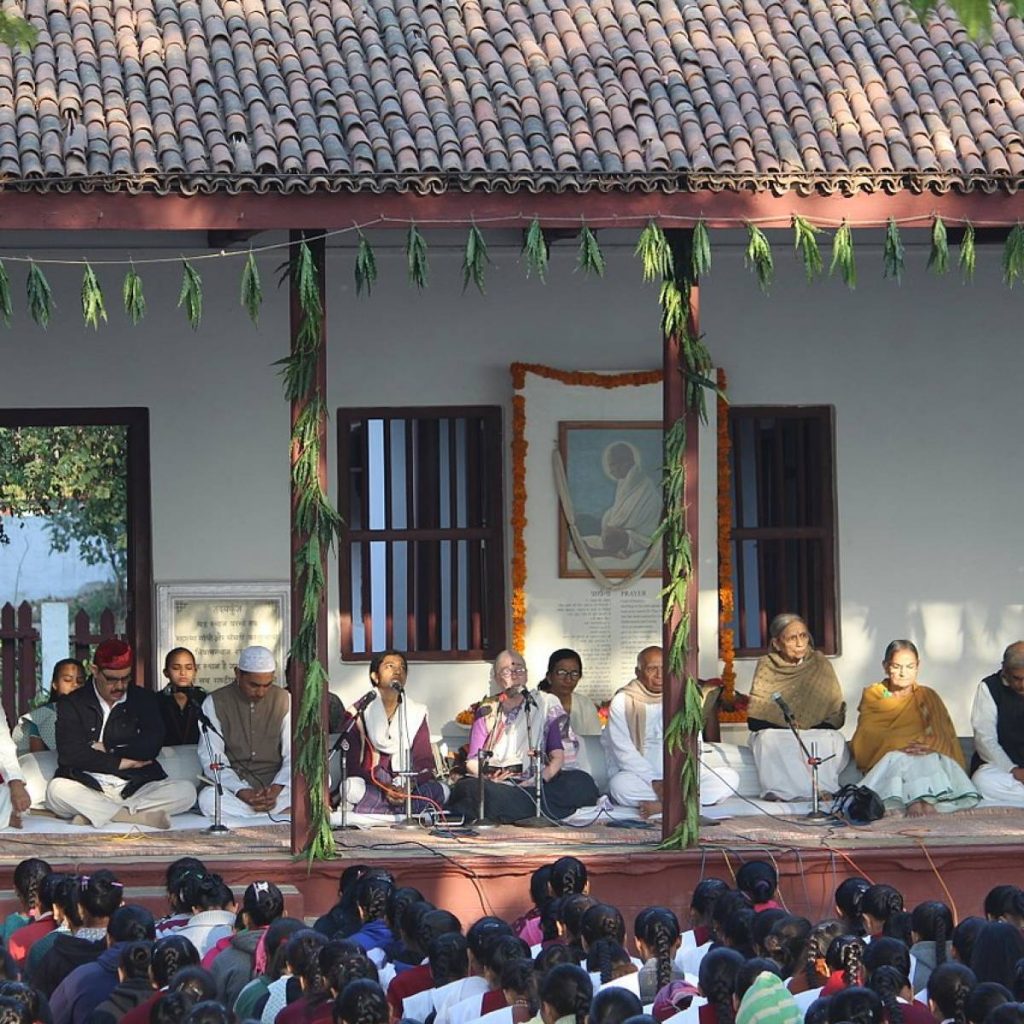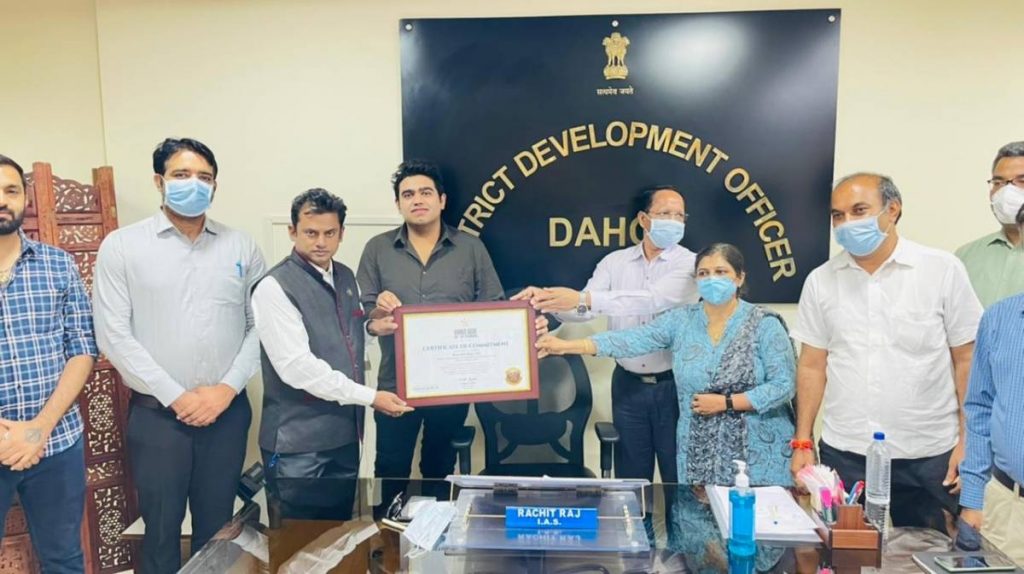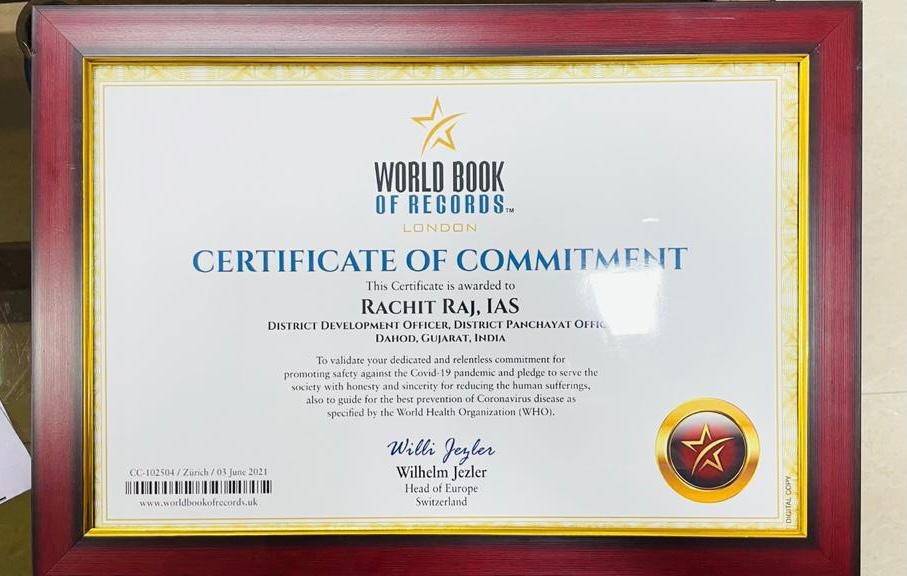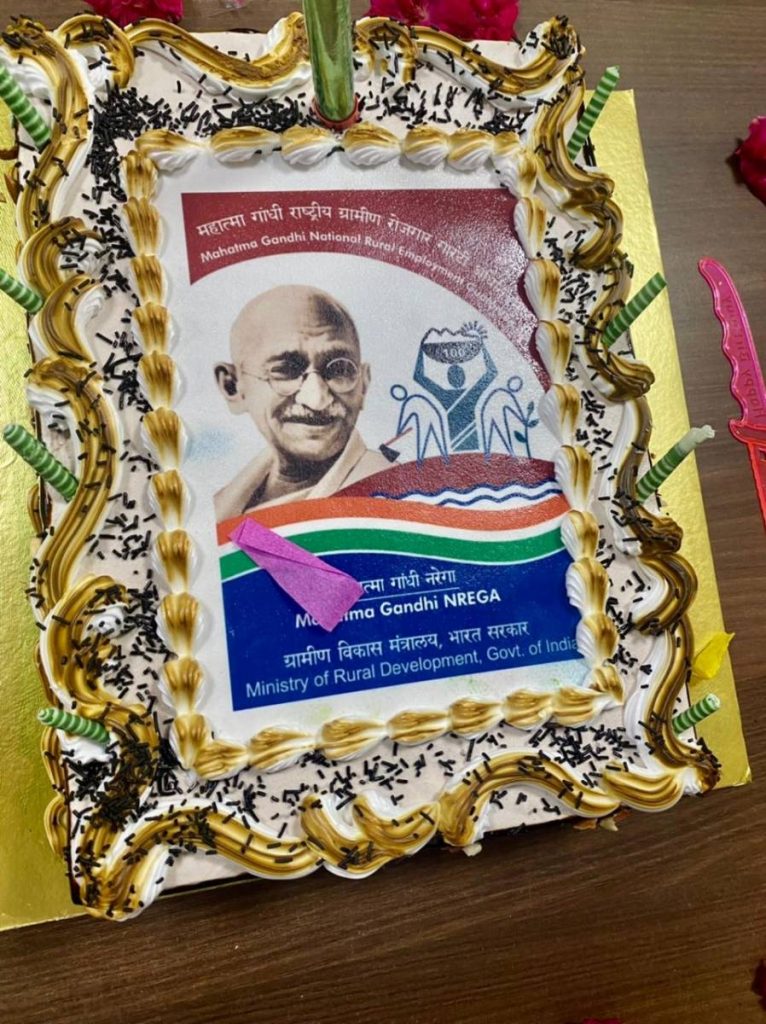Modi will deliver a special virtual address during the inaugural event of the health ministers’ meetings on August 18, a government release said…reports Asian Lite News
The 4th Health Working Group (HWG) meetings, a component of India’s G-20 presidency, are scheduled to take place in Gandhinagar from August 17 to 19.
The schedule of the programme also includes a joint meeting of ministers of health and ministers of finance and a virtual address by Prime Minister Narendra Modi, officials said.
The health working group (HWG) meetings include the 4th meeting of HWG deputies and ministers on August 17, a health ministers’ meeting on August 18-19, and a joint meeting of ministers of health and ministers of finance on August 19, said Mona Khandhar, G20 Nodal Officer, Gujarat government.
Modi will deliver a special virtual address during the inaugural event of the health ministers’ meetings on August 18, a government release said.
Union Health Minister Mansukh Mandaviya and Finance Minister Nirmala Sitharaman will attend the joint meeting of ministers of health and ministers of finance on August 19, said Khandhar.
“Many other finance ministers of G20 nations will join the meeting virtually,” she said. Mandaviya will also remain present at the meeting of HWG deputies on August 17.
“Three parallel summits will be organised, on the topics of AYUSH, medical tourism advantage India, and pharmaceuticals and medical equipment. There will also be exhibitions in these three areas,” said Khandhar.
Ministers from 19 countries and nine invitee countries, along with senior representatives of 23 multilateral agencies, including the UN permanent representative, will remain present, she said.
Gujarat Chief Minister Bhupendra Patel will address the inaugural meeting of a seminar on AYUSH, being organised in collaboration with World Health Organisation (WHO), the nodal officer said.
Among other keynote dignitaries from across the world to participate in the meetings are State Minister of Indigenous Medicine of Sri Lanka J A Sisira Kumara Jayakody, Dr Carla Vizzotti of Argentina, and Dechen Wangmo of Bhutan.
“The August 17 event will be split into two sessions with a focus on finalisation of the outcome document through ‘Live Negotiations on the Draft Declaration led by India’s G20 Presidency Health Track Focal Point’,” a government release said.
An exhibition tour on different themes such as WHO Traditional Medicine Global Summit, One Earth One Health Advantage Healthcare India 2023, and India MedTech Expo 2023, will also be organised after the closing session, it said.
The meeting of health ministers starting August 18 will have sessions on “Health Emergencies Prevention, Preparedness and Response (with a focus on One Health and AMR), a panel discussion with WHO Traditional Medicine Global Summit and a panel discussion with ‘One Earth One Health Advantage Healthcare India 2023’, the release said.
On the same day, delegates will be taken on a tour of the WHO Traditional Medicine Global Summit, One Earth One Health- Advantage Healthcare India 2023, and India MedTech Expo 2023.
On August 19, discussions will be held on the issues of strengthening cooperation in the pharmaceutical sector with a focus on availability and access to safe, effective, quality; and affordable medical countermeasures, digital health innovation and solutions to aid universal health coverage and improve healthcare service delivery.
ALSO READ-South Korea President to visit India for G20 summit


